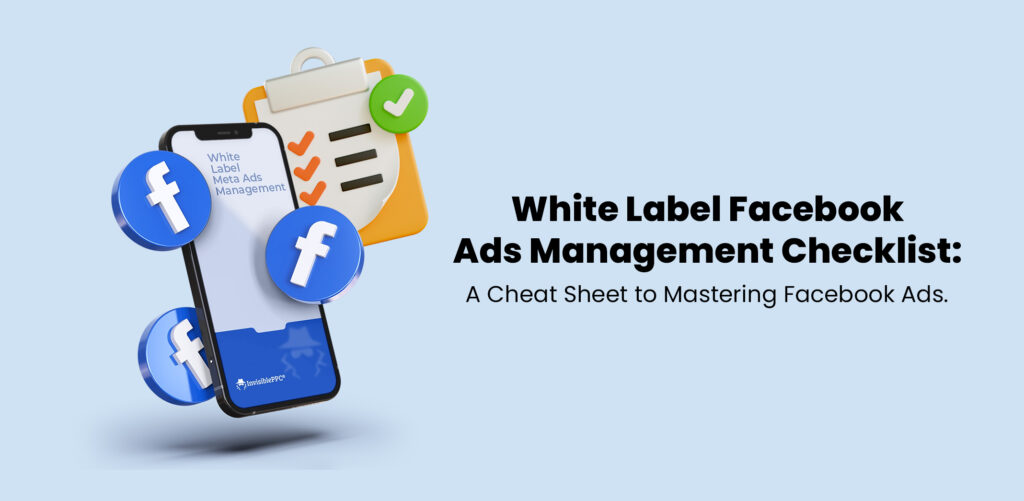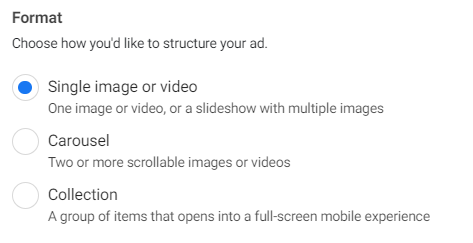Facebook advertising is an interesting space that can get confusing and chaotic within seconds. Both marketers and business owners find this labyrinth of constant updates and intricate ad targeting hard to navigate. We are here with a foolproof Facebook Ads Checklist to ensure your campaigns not only take off but soar.
Facebook Ads Checklist for White Label Facebook Ads Management
Carefully laying the groundwork is always an intelligent move! So, to master Facebook ads, it becomes essential to familiarize yourself with the Facebook Ad space, advertising policies and campaign structures to avoid any potential hiccups.
Providing white label Facebook ads management with our ad specialists for over 10 years, we can assure you that understanding the facebook ad space is crucial and can make you stand out from the crowd, giving you an upper hand in curating an effective ad strategy.
Define Your Facebook Ad Category
An essential factor to dive in is the Facebook Ad category. You need to have a clear idea of your special ad category and its requirements according to the target region. When you accurately declare your ad category it helps you run ads in compliance with the advertising standards and assists in preventing potential ad rejections.
In case none of the ad categories apply to the ad you can go for declaring categories instead of selecting a special category.
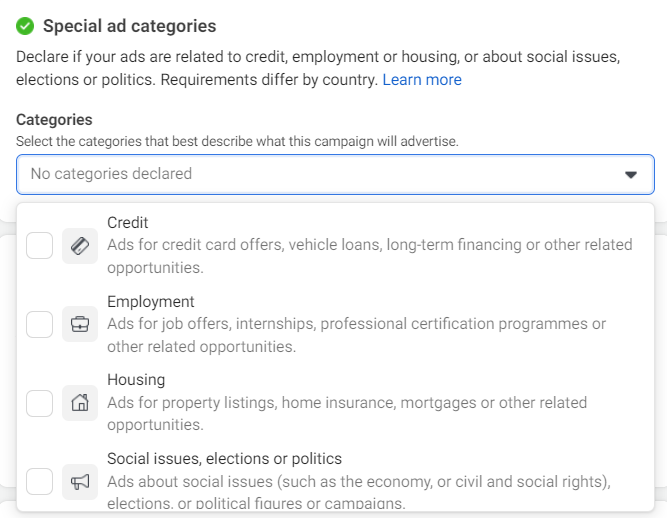
Ensuring Proper Access and Tools
The ad account
Facebook Ad account is the primary tool required for creating and managing Facebook ads. It enables the account manager to set up campaigns, create Ad creatives, manage target audiences, and monitor performance.
Without access to the ad account, the account manager cannot execute any advertising campaigns. So when managing Facebook ads for a client, they need to grant access to their ad account for creating and optimizing ad campaigns on their behalf.

Facebook pixel
Facebook pixel is code that you add to your website to keep track of conversions, optimize ad targeting, and remarket to website visitors. It helps white label Facebook ads management with accurate measurement of the effectiveness of your Facebook ad campaign and analyzes user behavior on your website. For example, if you are running an e-commerce campaign for a client, Facebook Pixel allows you to track purchases and attribute them to specific ads.
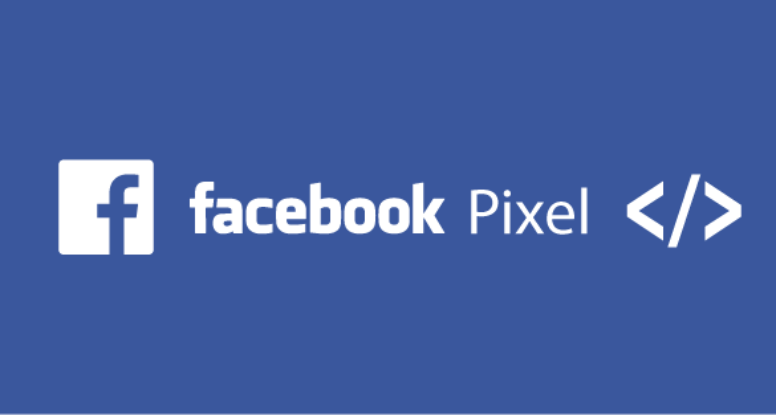
Business’s Facebook page
The Facebook page of a business serves as a hub for the brand’s online presence on the platform. It is a space that allows you to engage with your audience, build brand awareness, and share content.
When you manage Facebook ads for a business, it becomes necessary to have access to the business page as it allows you to create ads associated with the brand and leverage the existing audience to reach the followers and target groups directly.
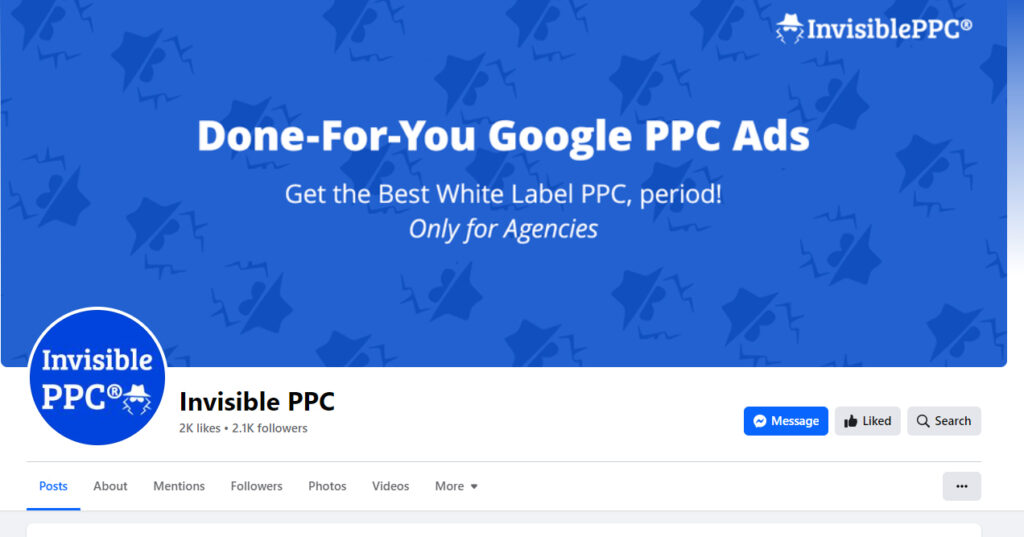
Google Tag Manager
Google Tag Manager, or GTM, is a free Google tool that allows you to manage and deploy marketing tags on the business website without having to edit the site’s code directly. It simplifies the process of implementing tracking codes.
For example, for effective white label Facebook ads management, you need to add or update tracking codes for multiple platforms like Facebook, Google Analytics, and others. In this case, GTM will offer you a centralized platform for managing all your tags.
Google Analytics
Google Analytics offers valuable insights into user behavior, website traffic, and conversions. It analyzes data like page views, bounce rates, and conversion rates so you can measure website performance and marketing effectiveness. It can also be integrated with tools like Facebook Pixel to offer a comprehensive view of the performance of your marketing campaigns.
Each of these tools plays a crucial role in ensuring you are at the top of your game. These tools offer proper access and effectiveness in white-label Facebook ad management and enable you to create, track, and optimize your campaigns to maximize the return on investment for your clients.
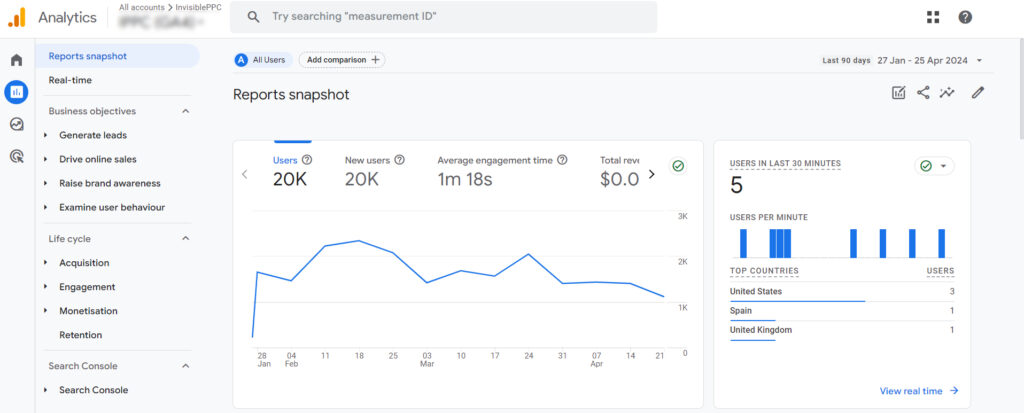
Planning Your Campaign
A well-laid plan is the bedrock of successful Facebook white label Facebook ads management
You must start by:
Defining Your Conversion Event
Before you launch your Facebook ad campaign, it is essential to clarify what specific conversion action you want the users to take after viewing your ad. You might want them to make a purchase, sign up for a newsletter, or fill out a form. These conversion actions have to align with your business objectives, and defining them helps you tailor your ad creative, messaging, and targeting to encourage users to take that action.
For example, if you are a business related to e-commerce, your conversion action will be completing a purchase. Keeping this action in mind, your ad campaigns will focus on driving traffic to the product page and encouraging users to buy your product.
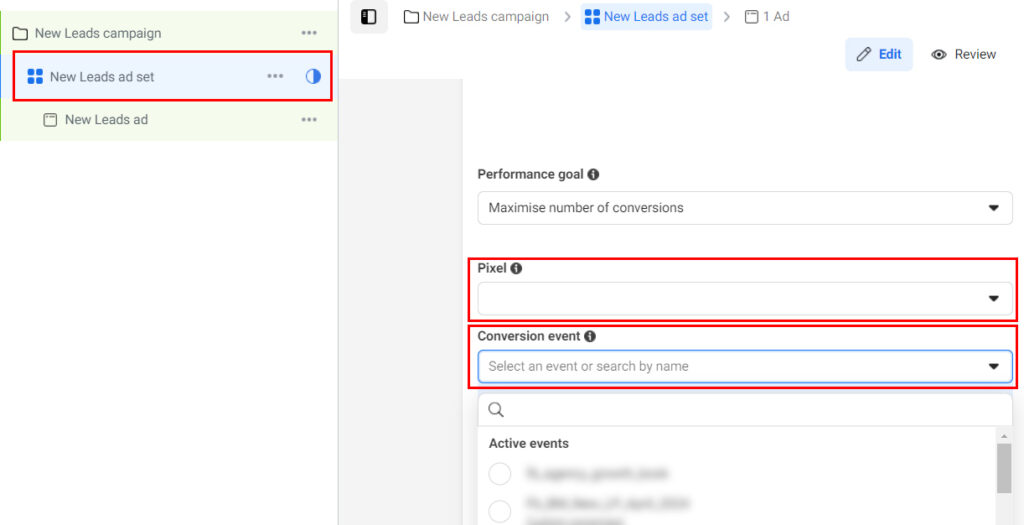
Aligning With Marketing Campaigns For A Cohesive Strategy
In order to ensure that your marketing campaigns do not go off track, you need to curate a cohesive strategy across all marketing channels. You need to align your Facebook Ad campaign with broader marketing campaigns or company initiatives. This helps with white label Facebook ads management as it reinforces messaging and branding consistency to maximize the impact of your marketing efforts.
For instance, if the business is launching a new product line, the Facebook ad campaign can support this initiative by promoting the new products and driving traffic to related landing pages and events.
Setting clear KPIs and success metrics
KPIs, or Key performance indicators and success metrics, offer benchmarks for evaluating the effectiveness of your Facebook ad campaign. These metrics must be specific, measurable, achievable, relevant, and time-bound (SMART). Some common KPIs for Facebook advertising include metrics like conversion rate, click-through rate (CTR), cost per acquisition (CPA), revenue generated, and return on ad spend (ROAS).
If your goal is to increase website conversions, you might set a KPI to achieve a target conversion rate. By defining your KPIs, you can monitor the performance of your campaigns as they progress and make adjustments to optimize them for better results.
Budgeting Wisely
Money is never a factor to be overlooked! Budgeting is a very important factor for your campaign. Before hiring a white label PPC consider the number of clients you have, their income, budget spent, niche specific needs, and then see where white label PPC can add more value to your campaigns. Determine where you need help with PPC ads and then consider these points to finalize a detailed budget for your Facebook Ads.
For instance, at InvisiblePPC, the one-time setup for Facebook Ads Management is $595, and for monthly management, it goes to $495/ month. This includes Ad audit, new campaign creation, landing page including heatmaps and A/B testing, Ad copy, ongoing optimization, real-time dashboard, monthly reporting, and account setup.
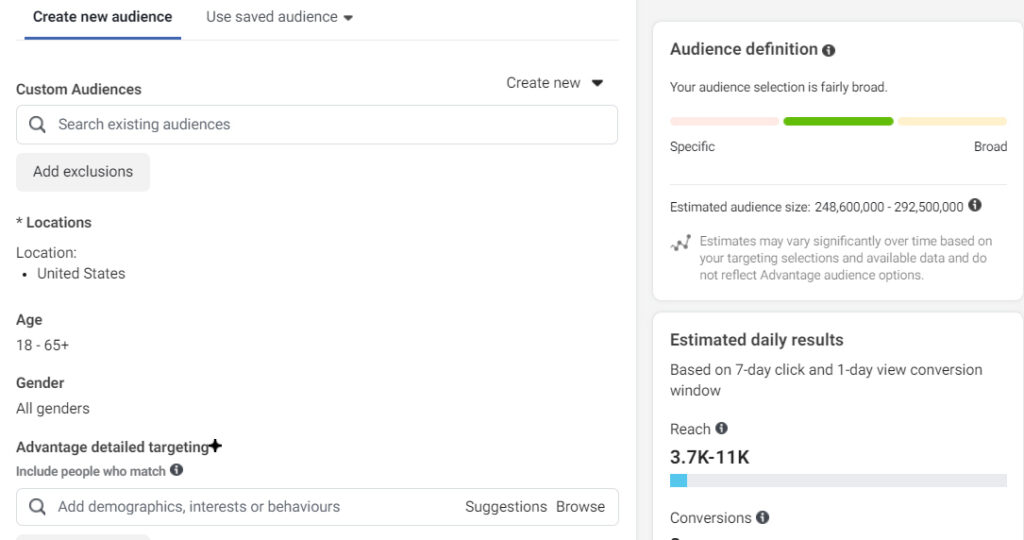
Audience Targeting and Creative Strategy
Audience targeting is essential when setting up Facebook ads. It is always recommended that broad and interest-based audiences be set up for comparison. For creatives, A/B testing with multiple ad copies and creatives is a smart method to identify what yields the best results. You also need to ensure that your ad copies meet Facebook’s size and content requirements.
Ad targeting forms an essential part of curating successful Facebook ads. For audience targeting and creative strategy, you need to select your target location, gender, language and age. You can even customize the target area by excluding or including cities over a certain size.
Detailed targeting allows you to specifically include and exclude people based on their behaviors, interests, and demographics. You can get as specific as you intend, for instance, you can choose to target individuals who are interested in getting their entire bathroom makeover but exclude people who just want to replace their bathroom tiles.
While making selections for your target audience, keep a check on the audience size indicator to get a sense of your potential ad reach. You can also track an estimated number or daily page likes and reach. These estimates are more accurate if you have been running campaigns before since in that scenario Facebook has more data to work with. An important point to note is that these are estimates and not solid guaranteed figures.
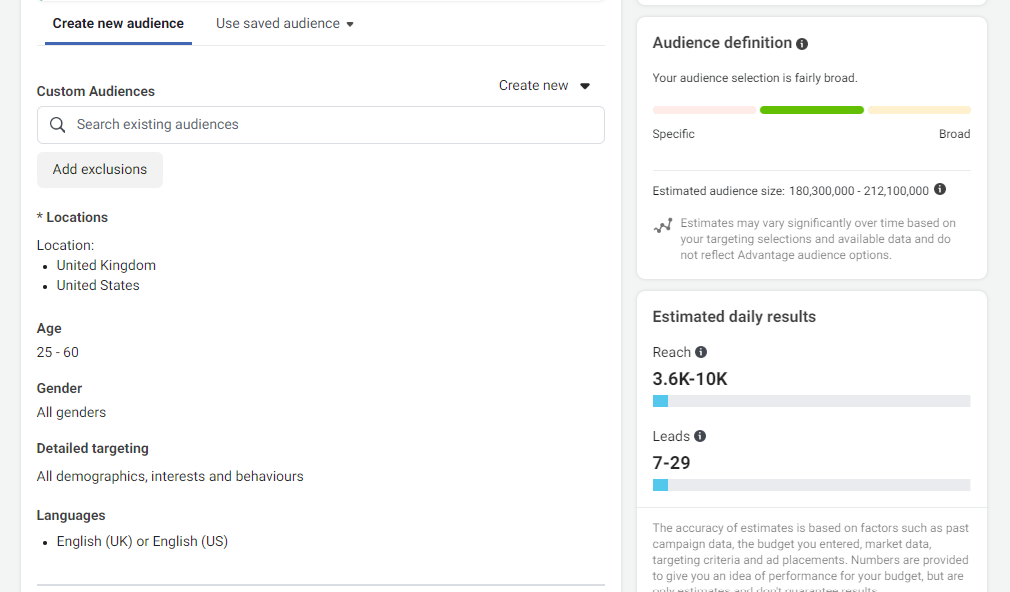
Crafting Your Ad
Crafting a high-performing Facebook ad is the highlight of white label Facebook ads management. You need to know about the different kinds of Facebook ads, like images, videos, and carousels, and select the one that suits the needs of your business/ client.
For instance, Image ads are for when you want people to visit a website or an app. You can utilize an engaging high-quality visual or create an ad with stock photos that clearly communicate your message.
Video ads help in showcasing product features and engaging people with sound and motion. For video ads you can upload a video you have created or utilize video creation tools in Ads Manager to curate a new one.
Carousel ads are instrumental in displaying up to ten images or video clips within a single ad. Each of these images or clips comes with its own link. While this ad format has fallen out of popularity, you can use carousel ads to display a product or communicate your message in different images and formats so people can swipe and engage with them.
Landing Pages and Forms
So you finally have your audiences and your creativity ready to roll. What next? Well, we still have things to take care of. Facebook displays your ads and when people engage with them, it either sends traffic to a landing page or utilizes instant forms.
When creating new ad campaigns in Ads Manager, you get the option for using Instant forms as your conversion location. These forms help you generate and qualify leads while collecting information about people interested in your business or service.
But for ad campaigns directed toward your site, you absolutely need a landing page! Your ad’s landing page makes or breaks a campaign. So create a dedicated landing page tailored for your Facebook ad and ensure that Facebook Pixel is correctly installed for accurate tracking. Your landing page must be consistent with your messaging and focus on the service you are targeting for the business.
Some points you must keep in mind –
- Use niche-specific keywords to gain better engagement.
- Give clear CTAs to guide visitors toward your desired conversion event.
Monitoring, Analysis & Adjust
Setting up and pressing the publish button is not enough! For successful white label Facebook ads management, you need to regularly monitor your campaign’s performance on Facebook and Google Analytics. Based on the data you collect over your regular checkpoints, be ready to pause or edit ad content.
It is also essential to analyze your campaign’s performance against your initial KPIs. You must check the customer lifetime value (LTV) and return on ad spend (ROAS) to determine the effectiveness of your campaign. These insights can help you refine your approach for future campaigns and get a higher ROI and success rate for your campaigns.
Feedback and Solutions
Feedback mechanisms and solutions are built into the process, with suggestions for regular client communication, explicit action items, and the use of tools like Google Data Studio for reporting. Testing and feedback are key to refining the ad strategy and ensuring that the ads are not only creative but also effective in driving conversions.
For an in-depth guide covering various aspects of white label Facebook ads management, you can refer to our detailed checklist. This checklist is the holy grail of planning successful Facebook Ad campaigns from initial setup to ongoing optimization and testing. It emphasizes understanding the business, careful planning, and regular communication with clients or agencies to ensure that the ad campaigns are aligned with business goals and can adapt to changes in performance or market conditions.
If you are looking for a structured approach to ensure your campaigns are well-prepared, targeted, monitored, and refined based on performance data, here’s the checklist for you – View Facebook checklist IPPC Facebook Ads Ultimate Checklist
Always remember that mastering white label Facebook Ad management doesn’t happen overnight. It’s a rigorous process of continuous learning, testing, and adjusting.
By following this guide and staying updated with the InvisiblePPC checklist, you’re well on your way to creating Facebook ad campaigns that not only meet but exceed your marketing objectives!
The world of Facebook advertising evolves every second, so roll up your sleeves, stay curious, keep testing, and stay focused on your goals…or just chat with a member of our team to do that for you

